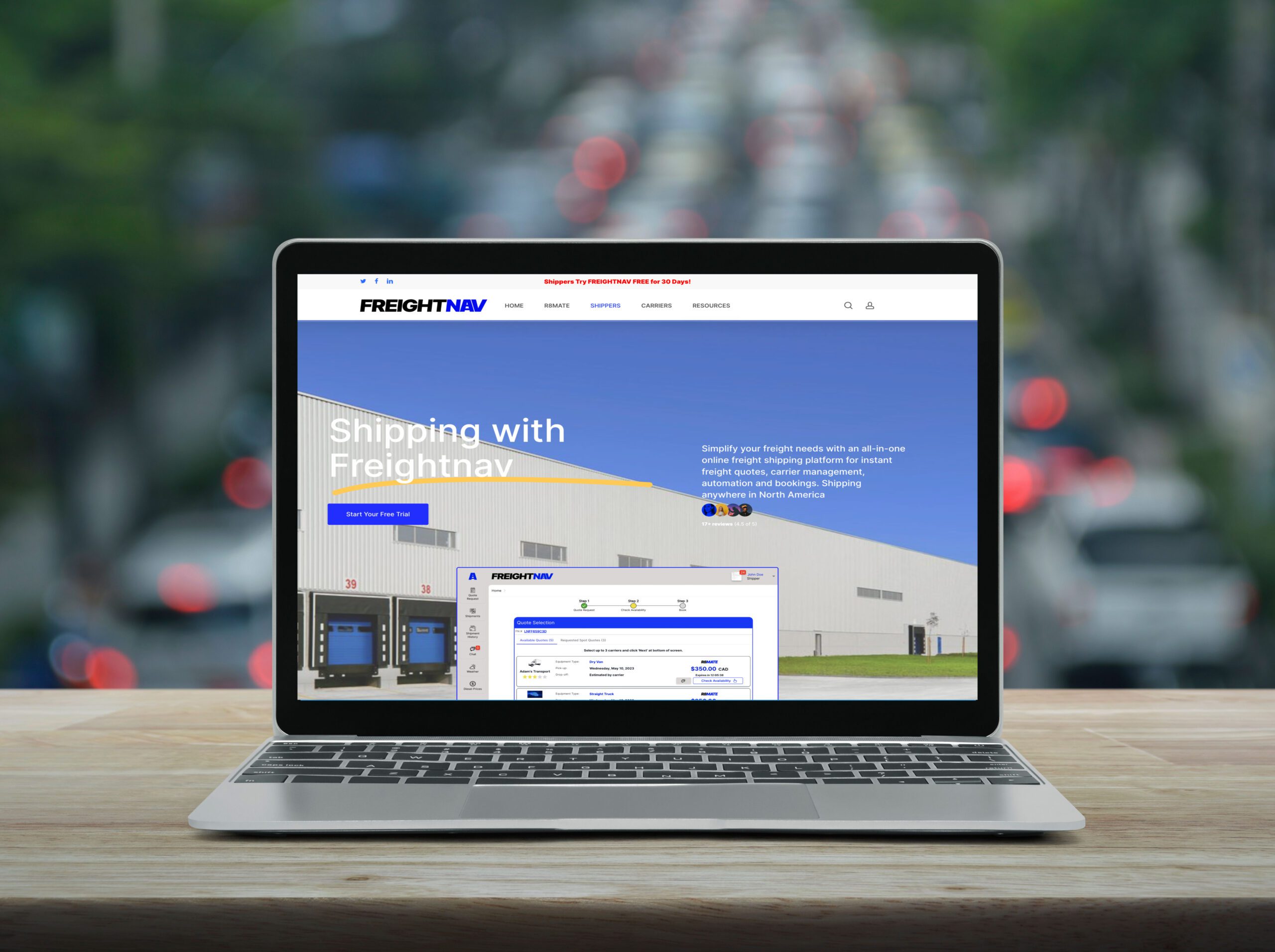Why Freight Automation?
The freight automation industry is experiencing remarkable growth, with projections indicating a 26% increase in the current year alone. This surge in automation is translating into billions of dollars in value for freight companies. As a result, numerous businesses are proactively adopting technology to maintain their competitive edge. The market offers a variety of options, each with its own set of advantages and disadvantages.
Intro
Freight automation involves the use of automated processes to move freight exclusively through non-human robotic technology or a combination of automated and human methods. It has become a focal point of interest among the world’s leading logistics firms. Fortunately, there is an array of prospective solutions available to enhance the efficiency of freight operations for freight brokers, shippers, and carrier companies.
These heightened efficiencies primarily stem from the reduction of human errors, resulting in cost savings for shippers, carriers, forwarders and broker companies alike. Furthermore, it enables freight companies to thrive in sectors that were previously too challenging or physically unfeasible for them to compete in. In particular, a prime example is rural areas lacking developed freight infrastructure. To fully harness the benefits of advancements in freight automation technology, a strategic approach involves integrating different methods of automation.

The growth of the freight automation industry signifies not only a shift towards greater efficiency but also a significant expansion of opportunities for companies to expand their reach and thrive in previously untapped markets.
For more information on how to expand, simplify and manage your supply chain read our blog: Supercharge Your Supply Chain: Boost Efficiency
What Solutions are in the Market?
Freight automation encompasses a range of technologies and solutions designed to streamline and optimize various aspects of the freight industry.
Below is a compiled list of many freight automation solutions you may be interested in!
Automated Freight Management Systems:
These systems use software and algorithms to automate various tasks related ton freight management. Some of which include order processing, route planning, load optimization, and real-time tracking. Automated freight management systems enhance efficiency, reduce errors, and improve visibility into the supply chain.
Transportation Management Systems (TMS):
TMS software helps shippers and carriers optimize their transportation operations. It automated functions like carrier selection, rate negotiation, load planning, and shipment tracking. TMS can integrate with other systems and provide valuable analytics for decision-making.
Warehouse Automation:
Such as automated conveyor systems, robotic pickers, and automated guided vehicles (AGV’s), optimize the movement and storage of goods ion warehouses and distribution centres. These systems improve order accuracy, speed up order fulfillment, and reduce labor costs.
Freight Matching Platforms:
Freight matching platforms connect shippers with available carriers, helping automate the process of finding suitable transportation providers for shipments. These platforms often use algorithms to match cargo requirements with available capacity and carrier preferences.
Automated Inventory Management:
Inventory management systems use sensors, RFID technology, and software to track and manage inventory levels in real-time. These systems help reduce stockouts, overstocking, and inventory carrying costs.
Artificial Intelligence (AI) and Machine Learning:
AI and machine learning algorithms are used to analyze vast amounts of data to improve decision-making in areas such as demand forecasting, route optimization, and risk management.
Internet of Things (IoT):
IoT sensors are deployed on vehicles and cargo to collect real-time data like temperature, humidity, location, and condition of goods. This data is valuable for monitoring cargo quality and ensuring compliance with regulations.
Robotic Process Automation (RPA):
RPA automates repetitive and rule-based tasks within logistics and supply chain processes. It can be used for data entry, invoice processing, and other administrative tasks.
Blockchain Technology:
Blockchain offers secure, transparent, and tamper-proof record-keeping capabilities. Which are particularly useful in verifying the authenticity of products and ensuring the integrity of supply chain data.
Last-Mile Delivery Automation:
Autonomous delivery vehicles, drones, and smart lockers are used to automate and optimize the last-mile delivery process, reducing delivery times and costs.
Predictive Analytics:
Predictive analytics models use historical and real-time data to forecast demand, identify potential disruptions, and optimize supply chain operations. This helps companies proactively address issues before the become problems.
Electronic Logging Devices (ELDs):
ELDs are mandatory for tracking driving hours and ensuring compliance with hours-of-service regulations for truck drivers. They automate the recording of driving time and reduce paperwork.
Cloud-Based Logistics Solutions:
Cloud-based logistic platforms enable collaboration, data sharing, and accessibility from anywhere. Thus providing flexibility and scalability for logistics and supply chain management.
Customer-Facing Tools: Customer portals and mobile apps allow customers to track shipments, schedule deliveries, and communicate with carriers in real time. Therefore improving the overall customer experience.
In conclusion, your choice of freight automation options depends on your specific needs and goals of a company within the freight and logistics industry. As a result, a combination of these technologies is used to create a comprehensive and efficient supply chain management system. Companies should assess their requirements and explore the most suitable solutions to stay competitive and responsive to changing market demands.
Experience the future of freight automation with FreightNav! Streamline your shipping needs effortlessly within one user-friendly platform. Discover how we simplify logistics for your business.

